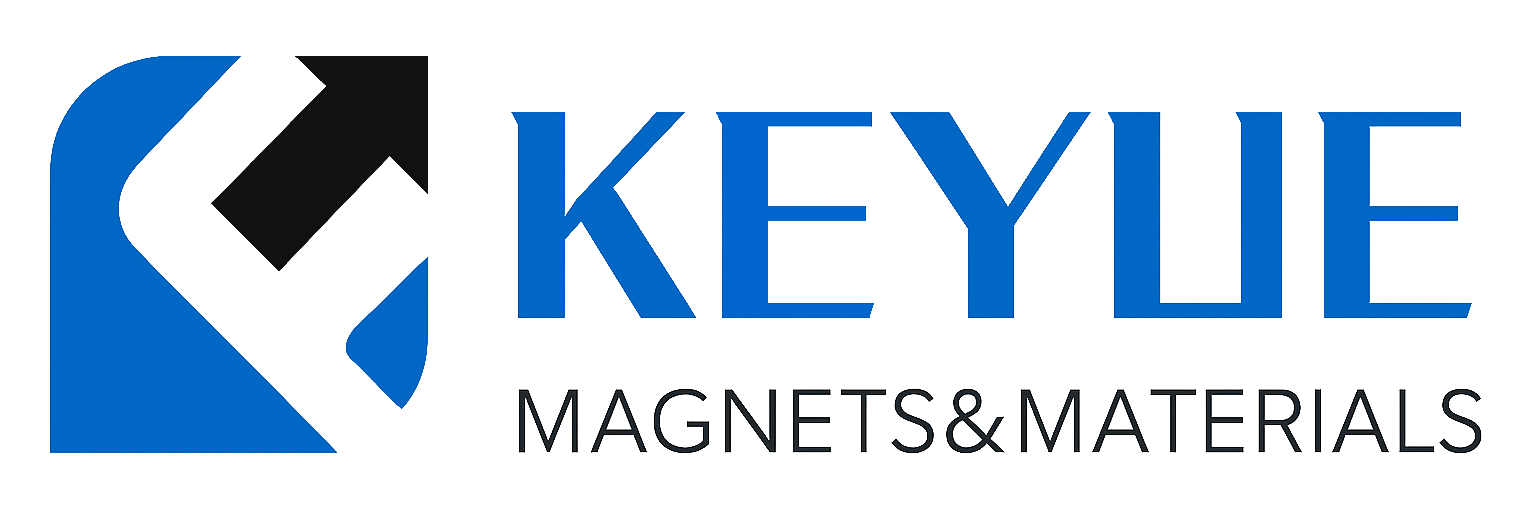描述
银丝(Ag Wire)
产品简介
银丝(Ag Wire)是一种由高纯银(Purity ≥ 99.99%)制成的柔性金属丝材,以其卓越的导电性、导热性与反射性著称,是所有金属中导电性能最优者。
高纯银丝广泛用于电子制造、真空蒸发、焊接、电极、导线和光学反射层等高精密应用领域。凭借其低电阻率与优雅银白外观,成为科研与工业生产中的理想材料。
产品详情
苏州科跃材料科技有限公司生产的高纯银丝采用真空熔炼—精密拉丝—退火—表面净化工艺制备,确保极高纯度与光亮表面。产品符合 ASTM B298、ISO 9001 标准,可提供多种直径与包装形式。
典型规格:
-
纯度等级:99.9%、99.99%、99.999%
-
直径范围:0.05 – 5.0 mm
-
形态:卷丝 / 直丝 / 盘丝
-
制造工艺:真空熔炼 + 拉丝 + 退火 + 抛光
-
表面状态:亮银白 / 光洁 / 无氧化层
高纯银丝在高导电与高反射应用中表现突出,可用于高频信号、电接触、真空蒸发及科研实验。
应用领域
银丝在多个行业与科研领域中广泛使用:
-
电子与电气工程:用于导电线、焊接线与接触点。
-
真空蒸发与光学镀膜:作为高反射蒸发源材料。
-
电极与传感器:用于电化学实验和检测设备。
-
半导体与微电子:用于引线键合与电极制造。
-
科学研究与实验设备:用于高导电实验与热导研究。
技术参数
| 参数 | 典型值 / 范围 | 说明 |
|---|---|---|
| 纯度 | 99.9% – 99.999% | 高纯度降低电阻与杂质影响 |
| 密度 | 10.49 g/cm³ | 均匀致密结构 |
| 熔点 | 961.8 °C | 稳定导电材料 |
| 电导率 | 62.1 × 10⁶ S/m | 金属中最高导电率 |
| 热导率 | 429 W/m·K | 优异导热性能 |
| 反射率 | >95%(可见光) | 高光学反射性 |
| 抗腐蚀性 | 优 | 稳定耐氧化环境 |
常见问题(FAQ)
| 问题 | 答案 |
|---|---|
| 银丝导电性能如何? | 银是导电性最强的金属,适合高精度电气应用。 |
| 是否适合真空蒸发? | 是的,银丝广泛用作真空蒸发源材料。 |
| 是否具磁性? | 无磁性。 |
| 是否容易氧化? | 表面形成微薄氧化层但不影响性能。 |
| 是否可定制直径? | 支持0.05–5.0 mm范围定制。 |
| 是否可抛光? | 可提供镜面光亮表面。 |
| 是否符合RoHS标准? | 是的,符合RoHS与REACH要求。 |
| 是否支持科研样品? | 支持科研小批量与工业大批量。 |
| 可否作为焊接材料? | 可用于精密焊接与电接触。 |
| 交货周期? | 常规2–3周交付。 |
包装与交付
银丝出厂前均经纯度与尺寸检测,采用真空密封、防氧化、防潮包装。卷盘外层配防震泡沫与出口级木箱。提供RoHS、REACH、COC及材质检测报告。
结论
银丝(Ag Wire)以其优异的导电性与光学反射性能,广泛应用于电子、真空镀膜和科研领域,是高端电气与材料科学研究中不可替代的金属线材。
如需了解更多技术参数或获取报价,请联系:sales@keyuematerials.com

.png)
-300x300.png)
-300x300.png)
-300x300.png)
评价
目前还没有评价